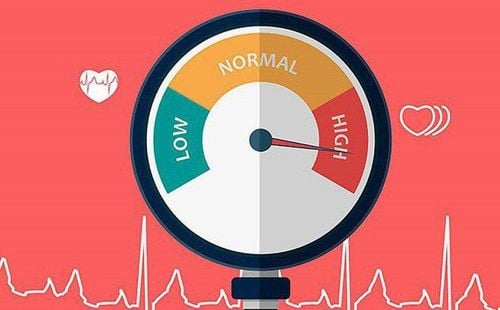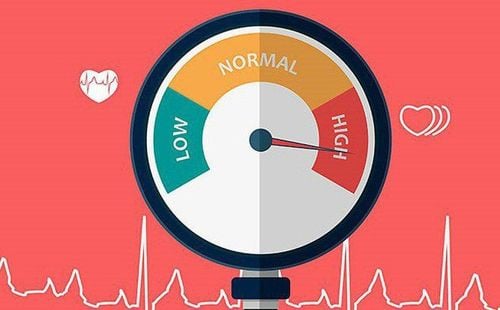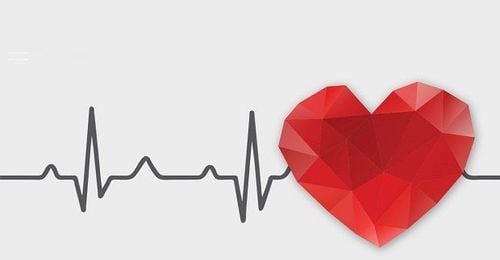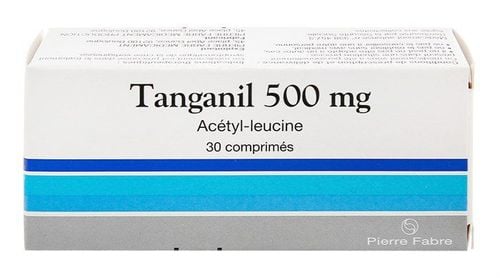Coveram is a drug commonly used to treat hypertension. So what are the uses of Coveram and how to use this drug?
1. What is Coveram?
Coveram is indicated as a blood pressure-lowering drug that comes in many forms as follows:
- 5mg/5mg: White, stick-shaped tablets, engraved with 5/5 on one side.
- 5mg/10mg: White, square tablets, engraved with 5/10 on one side.
- 10mg/5mg: White, triangular tablets, engraved with 10/5 on one side.
- 10mg/10mg: White, round tablets, engraved with 10/10 on one side.
Coveram is a blood pressure-lowering drug that contains two active ingredients, perindopril and amlodipine. When used together, these two active ingredients dilate blood vessels to allow blood to pass through the vessels more easily and help the heart maintain normal blood flow.
- Coveram is used to treat hypertension or stable coronary artery disease.
- Coveram should not be used in the following cases:
- People who are allergic to perindopril or other drugs in the same group, to amlodipine or dihydropyridine derivatives, or any of the excipients of the drug.
- Pregnant women and women who are breastfeeding.
- People who have had angioedema associated with previous treatment with ACE inhibitors. Or have had hereditary or idiopathic angioedema, with symptoms such as swelling of the face or tongue, wheezing, tingling, or severe skin rash.
- People who have had shock, including cardiogenic shock, with obstruction of the left ventricular outflow tract (such as severe aortic stenosis).
- Severe hypotension.
- Hemodynamically unstable heart failure after acute myocardial infarction.
Coveram is taken orally:
- Swallow the tablet whole with a glass of water, preferably at the same time each day, in the morning before meals.
- Do not drink grapefruit juice or eat grapefruit while taking Coveram.
The dosage and dosage form of Coveram should be used as directed by your doctor.
A serious overdose of Coveram can lead to excessive peripheral vasodilation and possible reflex tachycardia. Marked systemic hypotension and even shock can lead to death. If you feel dizzy after taking an overdose, lie on your back and raise your legs.
If you or your family member have symptoms of drug poisoning, you or your family member should call 115 or go to the nearest medical center immediately for timely treatment.
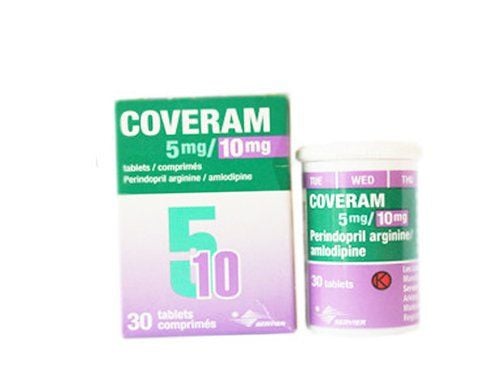
2. Side effects that may occur when using Coveram
- Wheezing, shallow breathing, difficulty breathing, or chest pain.
- Swelling of the eyelids, face or lips.
- Swelling of the tongue and throat may cause difficulty breathing.
- Hypersensitivity reactions on the skin: Rash, red spots all over the body, severe itching, blisters, peeling and swelling of the skin, inflammation of mucous membranes or other allergic reactions.
- Severe dizziness or fainting.
- Heart attack, abnormally fast or irregular heartbeat.
- Pancreatitis.
- Headache, dizziness, drowsiness (especially in the early stages of treatment), dizziness.
- Numbness and tingling in the limbs, visual disturbances, tinnitus.
- Palmia, flushing, dizziness, low blood pressure.
- Cough, shallow breathing.
- Nausea, vomiting, taste disturbances, abdominal pain, indigestion, diarrhea, constipation.
- Cramps, fatigue, feeling weak, swelling of the ankles.
If any side effects are uncomfortable or last for more than a week, please inform your doctor for appropriate treatment.
The above is important information about Coveram. Patients should consult carefully before using it to achieve the best results in treatment.
Please dial HOTLINE for more information or register for an appointment HERE. Download MyVinmec app to make appointments faster and to manage your bookings easily.




